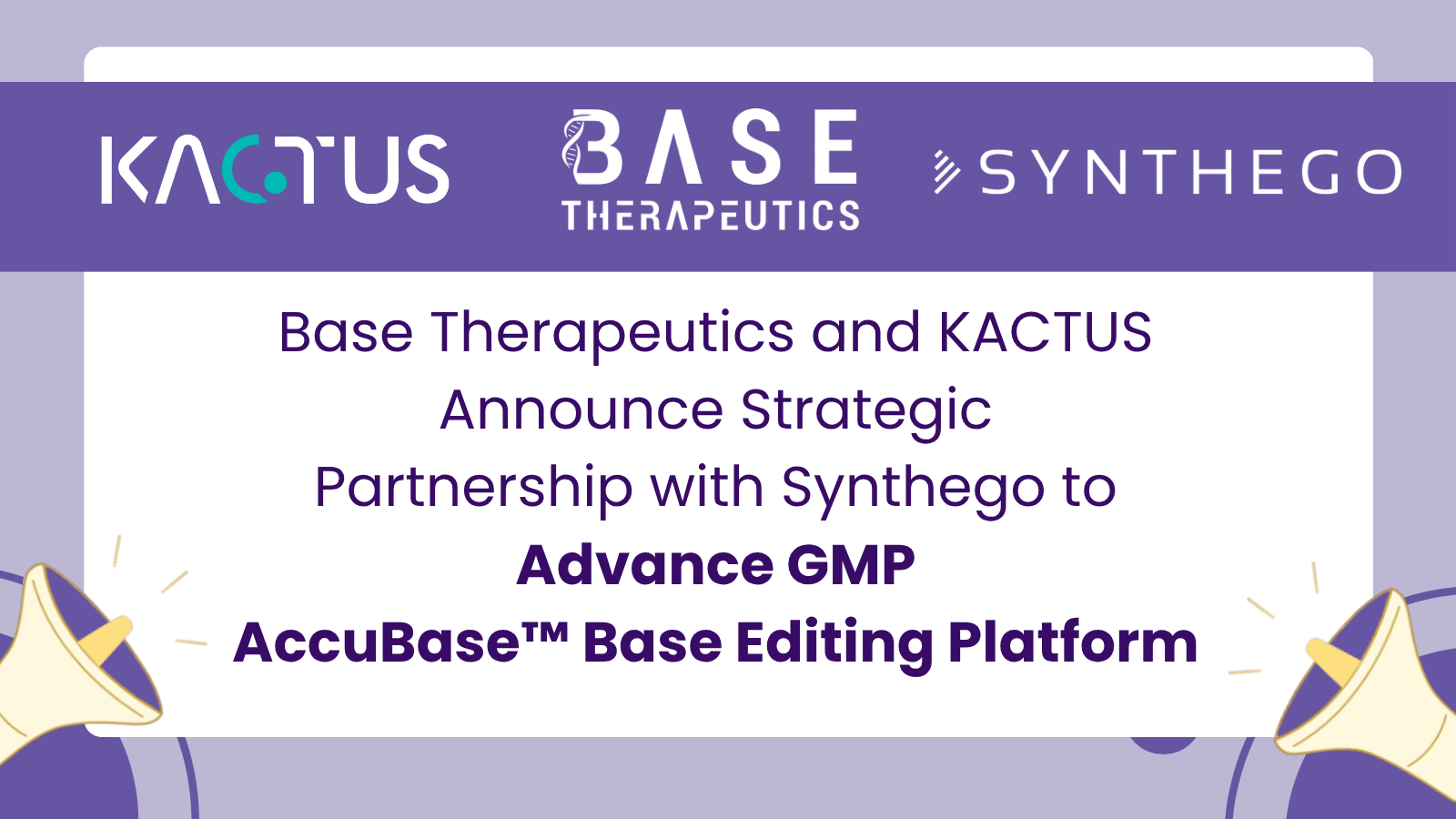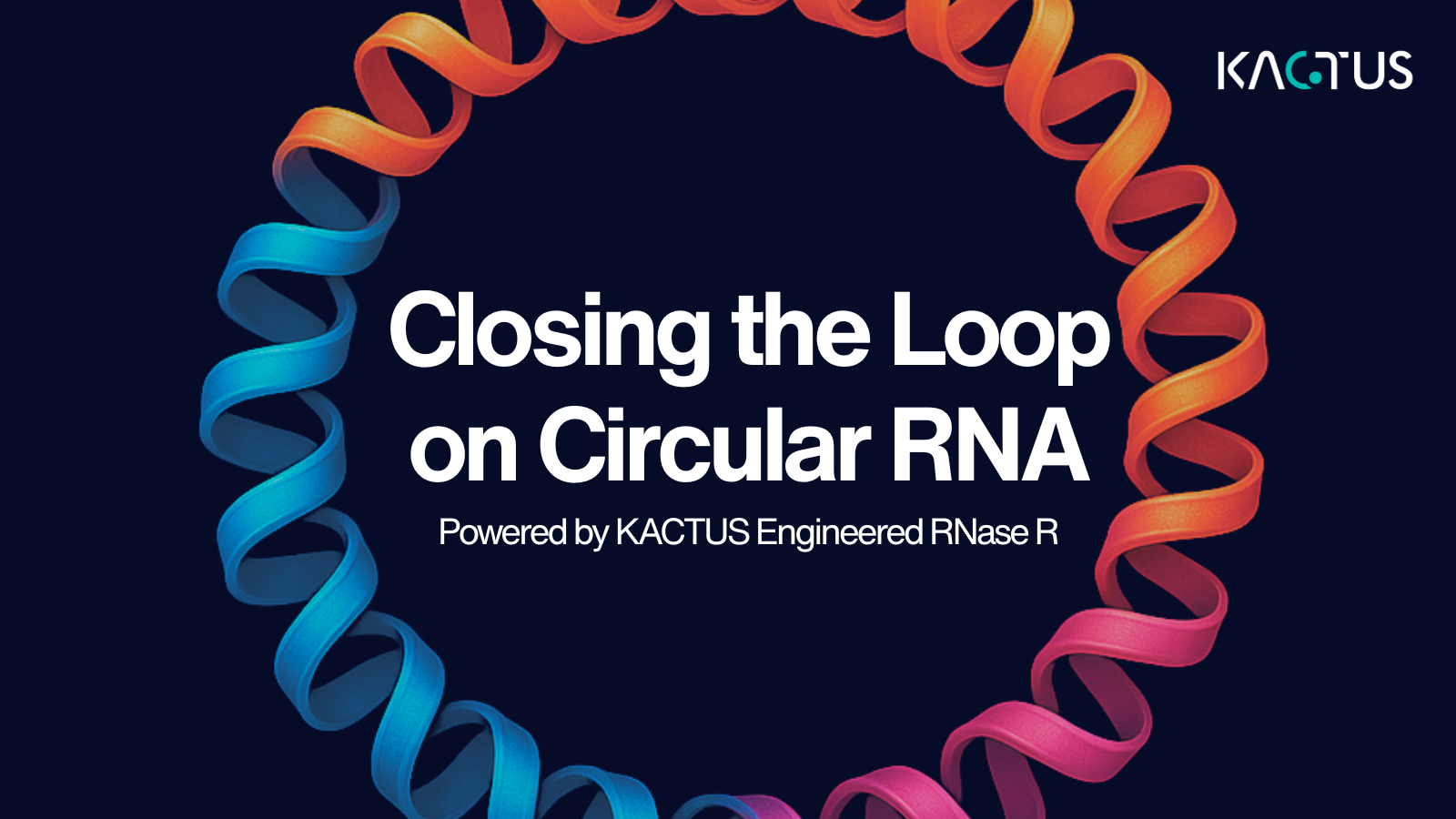Activin Signaling Pathway: Therapeutic Potential Across Disease Frontiers
By Mallory Griffin
What if a single cellular pathway could unlock new therapies for muscle regeneration, cancer, obesity, immune system regulation, and more? The activin signaling pathway regulates various physiological processes, such as muscle growth, metabolism, tumor metastasis, and blood cell maturation. From early clinical trials to FDA-approved therapies, researchers are tapping into activin’s complex signaling network to reshape a variety of disease treatments.
Activin/TGF-β (TGF-beta) Pathways
The activin signaling pathway, or transcription growth factor-beta (TGF-β) signaling pathway, plays an essential role in controlling many cellular processes. The ligands of the activin pathway include Activin A, GDF-8 (myostatin), and GDF-11, which typically form dimers as functional proteins under physiological conditions. Activin receptors consist of type I and type II receptors, with type II receptors including TGFBRII, BMPRII, AMHRII, ActRIIA, and ActRIIB. When type II receptors capture extracellular ligands, they activate type I receptors and trigger intracellular signaling pathways, leading to changes in downstream gene expression. Each receptor has its own ligand binding profile and may crossreact to certain ligands as well [1].

Figure 1. Activin / TGF-β (TGF-beta) signaling pathways [2].
The Role of Activin Pathway in Disease
The activin pathway is closely related to a range of diseases such as metabolic disease and cancer. Activin A is a negative regulatory of hepatocyte growth, B lineage lymphocytes, and muscle mass [3,4]. GDF-8 is also a negative regulator of muscle mass [5]. When GDF-8 protein interacts with activin receptors, it modifies gene transcription leading to skeletal muscle atrophy, by impacting the growth and function of muscle cells. Additionally, obese patients have increased expression of GDF-8 and SMAD3, which may further exacerbate muscle atrophy and metabolic dysfunction [6]. Inhibiting the activin pathway can aid obese patients by promoting muscle growth, reducing muscle atrophy, and restoring energy metabolism.
The activin pathway is also implicated in cancer progression, metastasis, and immune evasion [7]. Activin expression in colorectal cancer is associated with poor prognosis, making it a potential therapeutic target [8]. This pathway is also connected to fibrosis [9], hypertension (high blood pressure) [10], inflammatory diseases, bone diseases, eye diseases, and neurological diseases.
Key Drug Targets: Activin Receptors, GDF-8, and Activin A
A number of drug development targets have emerged within the activin pathway. GDF-8, a ligand-target, is associated with muscle atrophy and bone regeneration. GDF-8 drugs are primarily aimed at promoting and protecting muscle growth. Activin RII drugs, another key receptor, often target metabolic regulation or anti-inflammatory pathways, focusing on obesity, metabolic diseases, and tissue repair.
GDF-8-targeting drugs in clinical stages include SRK-015, RO7204239, REGN-1033, and KER-065. SRK-015 and RO7204239 specifically bind to the immature form of GDF-8, inhibiting it before release, with high selectivity and minimal side effects.

Figure 2. The design principle of SRK-015 which targets the percursor form of myostatin (GDF-8) [11].
Activin receptor-targeting drugs include Bimagrumab and LAE102. Both are monoclonal antibodies for Activin RII and are compatible with GLP-1 drugs. Bimagrumab is currently undergoing combination therapy trials with semaglutide (ozempic), exploring whether it can maintain or increase muscle mass while reducing weight (NCT05616013).
Fc Fusion Proteins with Activin Pathway Targets
Fusion protein drugs, which act as ligand traps to block signal transmission, have also been developed around the activin pathway. For instance, Acceleron’s ActRIIA and Fc fusion protein Sotatercept (brand name Winrevair) blocks activin binding to cell membrane receptors, weakening activin-mediated signaling. Sotatercept was FDA-approved in March 2024 for treating pulmonary arterial hypertension (PAH), becoming the first activin signal inhibitor therapy for PAH. Additionally, BMS's ActRIIB and Fc fusion protein Luspatercept (brand name Reblozyl), a first-in-class erythroid maturation agent, primarily promotes late-stage erythrocyte maturation, improving hematopoietic function by impacting the bone marrow microenvironment. Since 2014, Luspatercept has been approved for treating anemia associated with conditions like β-thalassemia, and myelodysplastic syndromes (MDS) in adults.
High-Quality Activin Pathway Proteins by KACTUS Available Off-the-Shelf
The activin pathway is crucially involved in muscle diseases, metabolic diseases, and cancer. Drug development targeting the activin pathway offers new therapeutic strategies for these diseases. However, the pathway's complexity necessitates careful consideration of potential side effects and specificity in targeted therapies.
KACTUS provides a full suite of high-quality activin pathway proteins, covering key drug development targets such as Mature GDF-8, Latent GDF-8, Activin A, Activin RIIA, and Activin RIIB. All products undergo rigorous quality testing and demonstrate excellent biological activity, fully supporting related drug research and development. KACTUS also offers specialized slc protein services to address the expression challenges of other membrane-associated proteins frequently involved in signaling pathways. These products offer high-purity, low endotoxin, and come in various species, multiple tags, and biotinylated forms.
Product Validation Data
Cellular-Level Bioactivity of Human GDF-8
Human GDF-8 Catalog No. GDF-HM008

Human GDF-8 dose-dependently inhibited the proliferation of MPC-11 cells. The ED50 for this effect is <30 ng/mL.
Human Activin A binding to Human Activin RIIA in ELISA
Human Activin RIIA Catalog No. ARA-HM22A
Human Activin A Catalog No. ACV-HM001

Immobilized Human Activin A, no tag, at 1µg/mL (100µL/well) on the plate. Dose-response curve for Human/Cynomolgus Activin RIIA, hFc Tag with an EC50 of ~1.6ng/mL determined by ELISA.
Cellular-Level Bioactivity of Human Activin A
Human Activin A Catalog No. ACV-HM001

Human Activin A dose-dependently inhibited the proliferation of MPC-11 cells. The ED50 for this effect is <7 ng/mL.
Human Activin RIIB binds to Human Activin A in SPR
Human/Cynomolgus Activin RIIB/ACVR2B Protein Catalog No. ARB-HM12B
Human Activin A Protein Catalog No. ACV-HM001

Human Activin RIIB, His Tag captured on CM5 Chip via anti-His antibody can bind Human Activin A with an affinity constant of 27.92 pM as determined in SPR assay.
Activin Pathway Proteins Available Off-the-Shelf
References
[1] Lodberg A. Principles of the activin receptor signaling pathway and its inhibition. Cytokine Growth Factor Rev. 2021 Aug;60:1-17. doi: 10.1016/j.cytogfr.2021.04.001.
[2] Salazar, V. S., Gamer, L. W., & Rosen, V. (2016). BMP signalling in skeletal development, disease and repair. Nature Reviews Endocrinology, 12(4), 203-221. https://doi.org/10.1038/nrendo.2016.12
[3] Haridoss, S., Yovchev, M. I., Schweizer, H., Megherhi, S., Beecher, M., Locker, J., & Oertel, M. (2017). Activin A is a prominent autocrine regulator of hepatocyte growth arrest. Hepatology Communications, 1(9), 852. https://doi.org/10.1002/hep4.1106
[4] Zipori, D., & Barda-Saad, M. (2001). Role of activin A in negative regulation of normal and tumor B lymphocytes. Journal of leukocyte biology, 69(6), 867–873.
[5] Latres, E., Mastaitis, J., Fury, W., Miloscio, L., Trejos, J., Pangilinan, J., Okamoto, H., Cavino, K., Na, E., Papatheodorou, A., Willer, T., Bai, Y., Hae Kim, J., Rafique, A., Jaspers, S., Stitt, T., Murphy, A. J., Yancopoulos, G. D., & Gromada, J. (2017). Activin A more prominently regulates muscle mass in primates than does GDF8. Nature Communications, 8(1), 1-13. https://doi.org/10.1038/ncomms15153
[6] Saxena G, Gallagher S, Law TD, Maschari D, Walsh E, Dudley C, Brault JJ, Consitt LA. Sex-specific increases in myostatin and SMAD3 contribute to obesity-related insulin resistance in human skeletal muscle and primary human myotubes. Am J Physiol Endocrinol Metab. 2024 Mar 1;326(3):E352-E365. doi: 10.1152/ajpendo.00199.2023.
[7] Du, R., Wen, L., Niu, M., Zhao, L., Guan, X., Yang, J., Zhang, C., & Liu, H. (2024). Activin receptors in human cancer: Functions, mechanisms, and potential clinical applications. Biochemical Pharmacology, 222, 116061. https://doi.org/10.1016/j.bcp.2024.116061
[8] Daitoku, N., Miyamoto, Y., Hiyoshi, Y., Tokunaga, R., Sakamoto, Y., Sawayama, H., Ishimoto, T., Baba, Y., Yoshida, N., & Baba, H. (2022). Activin A promotes cell proliferation, invasion and migration and predicts poor prognosis in patients with colorectal cancer. Oncology reports, 47(6), 107. https://doi.org/10.3892/or.2022.8318
[9] Xie T, Han L, Chen Y, Wu H. Progranulin and Activin A Concentrations are Elevated in Serum from Patients with Acute Exacerbations of Idiopathic Pulmonary Fibrosis. Lung. 2021 Oct;199(5):467-473. doi: 10.1007/s00408-021-00470-6.
[10] Guignabert C, Savale L, Boucly A, Thuillet R, Tu L, Ottaviani M, Rhodes CJ, De Groote P, Prévot G, Bergot E, Bourdin A, Howard LS, Fadel E, Beurnier A, Roche A, Jevnikar M, Jaïs X, Montani D, Wilkins MR, Sitbon O, Humbert M. Serum and Pulmonary Expression Profiles of the Activin Signaling System in Pulmonary Arterial Hypertension. Circulation. 2023 Jun 13;147(24):1809-1822. doi: 10.1161/CIRCULATIONAHA.122.061501.

















